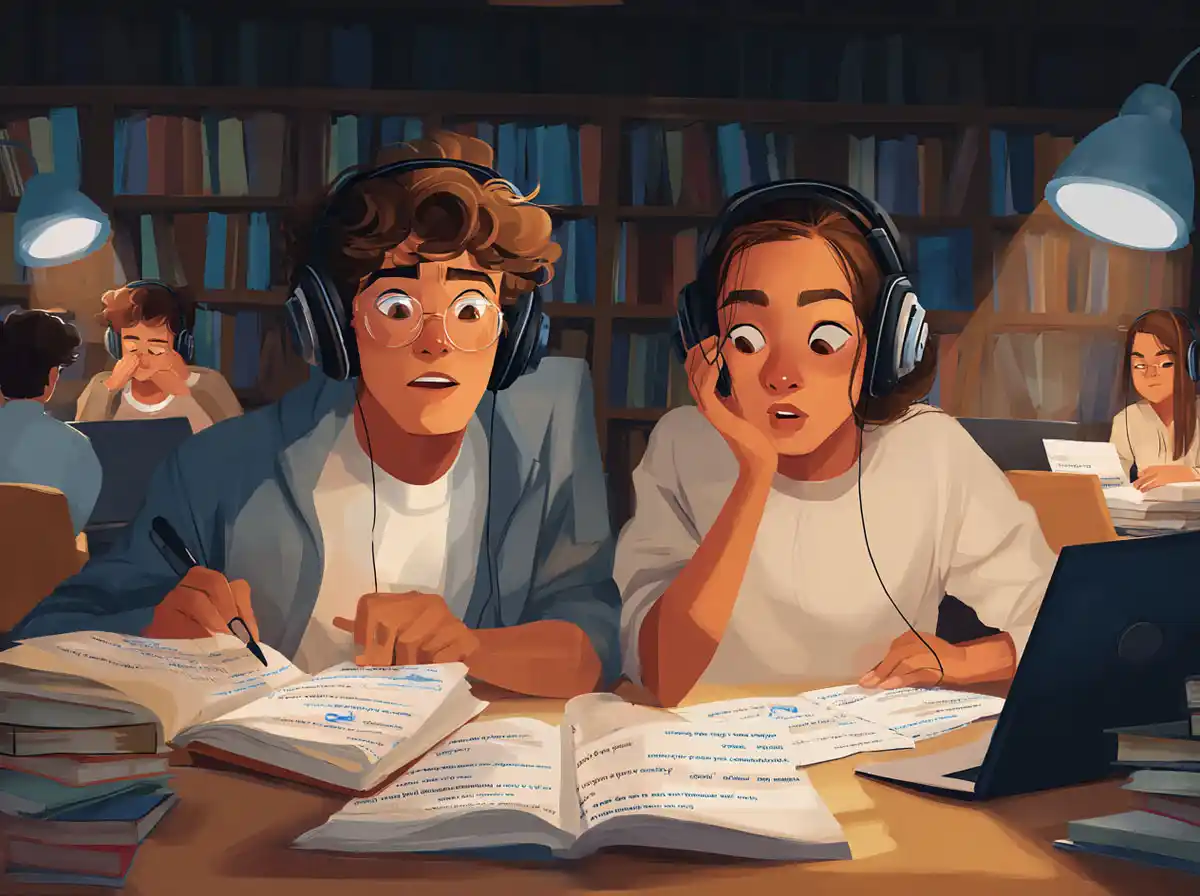Formation and Structure of the Past Continuous Tense
Forming the Past Continuous Tense in Hindi involves utilizing the correct auxiliary verb and the main verb’s present participle form. The primary auxiliary verb for the Past Continuous Tense is ‘रहा’ (raha) for masculine singular, ‘रही’ (rahi) for feminine singular, and ‘रहे’ (rahe) for both masculine and feminine plural forms.
The structure of a sentence in the Past Continuous Tense is as follows: Subject + Auxiliary verb (‘रहा/रही/रहे’) + Main verb (in present participle form) + Object (if required).
Using the Past Continuous Tense with Examples
Let’s go through some examples of Past Continuous Tense in Hindi Grammar to demonstrate its usage effectively.
Example 1: He was eating food.
– Hindi: वह खाना खा रहा था।
– Transliteration: Vah khānā khā raha thā.
Example 2: She was reading a book.
– Hindi: वह किताब पढ़ रही थी।
– Transliteration: Vah kitāb paṛh rahi thī.
Example 3: They were playing cricket.
– Hindi: वे क्रिकेट खेल रहे थे।
– Transliteration: Ve kriket khel rahe the.
Using Negative Sentences and Questions in Past Continuous Tense
To form negative sentences in the Past Continuous Tense, simply add ‘नहीं’ (nahi) before the auxiliary verb ‘रहा/रही/रहे’.
For questions, follow this structure: Interrogative word/particle (if required) + Auxiliary verb (‘रहा/रही/रहे’) + Subject + Main verb (in present participle form) + Object (if required).
Negative Sentence Example: We were not watching TV.
– Hindi: हम टीवी देख नहीं रहे थे।
– Transliteration: Ham T.V. dekh nahi rahe the.
Question Example: What was she writing?
– Hindi: वह क्या लिख रही थी?
– Transliteration: Vah kyā likh rahi thī?
Common Mistakes and Tips for Mastering the Past Continuous Tense
Here are some common mistakes and tips to help you avoid them when using the Past Continuous Tense in Hindi Grammar:
1. Mistake: Incorrectly using the auxiliary verb.
Tip: Ensure use of the correct form of ‘रहा/रही/रहे’ based on the subject’s gender and plurality.
2. Mistake: Inappropriate use of the main verb’s form.
Tip: Always use the present participle form of the main verb when forming the Past Continuous Tense.
By understanding the formation, structure, and usage of the Past Continuous Tense, as well as avoiding common mistakes, you can significantly improve your grasp on Hindi Grammar. This comprehensive guide aims to provide you with the necessary tools to confidently use the Past Continuous Tense while communicating in Hindi.










